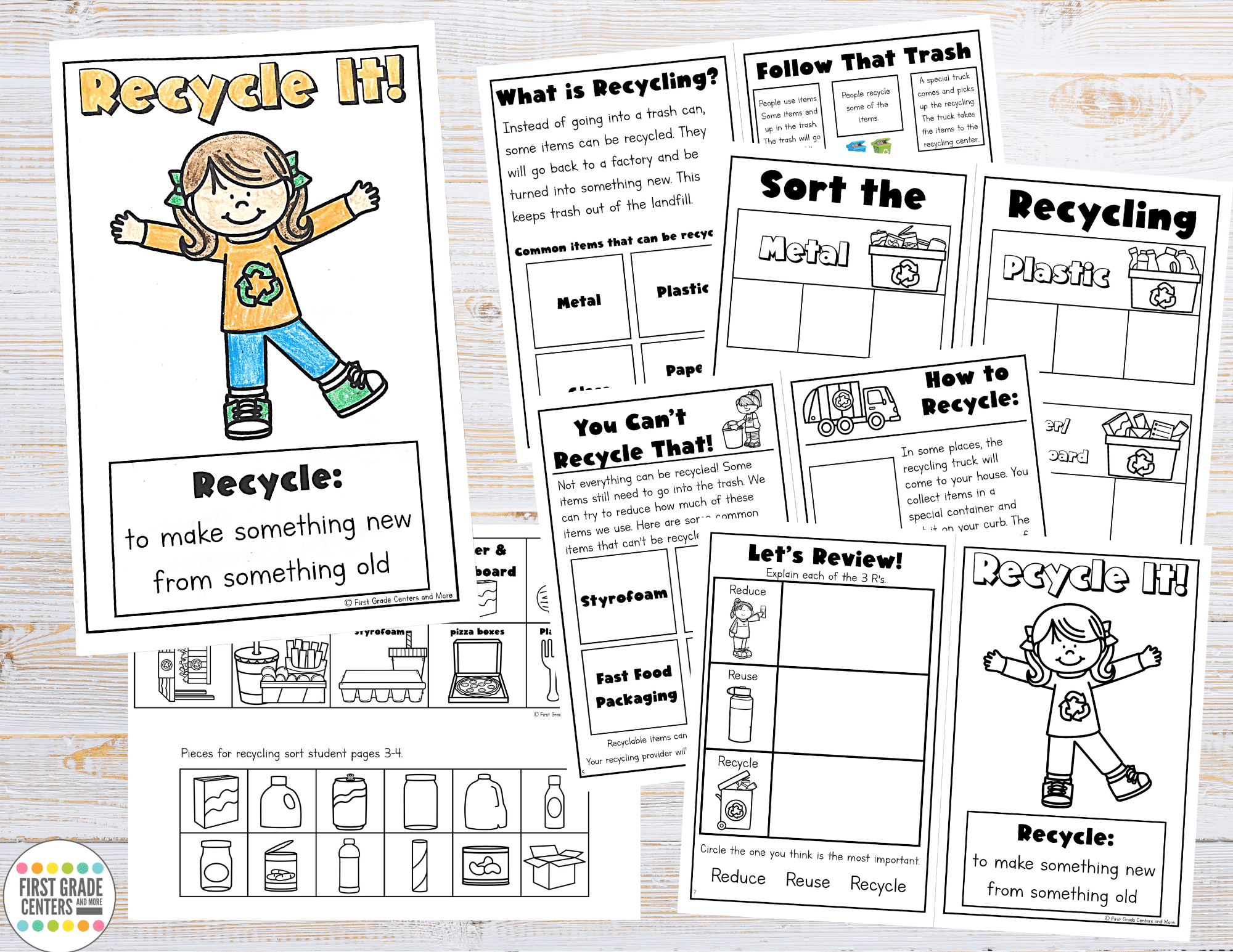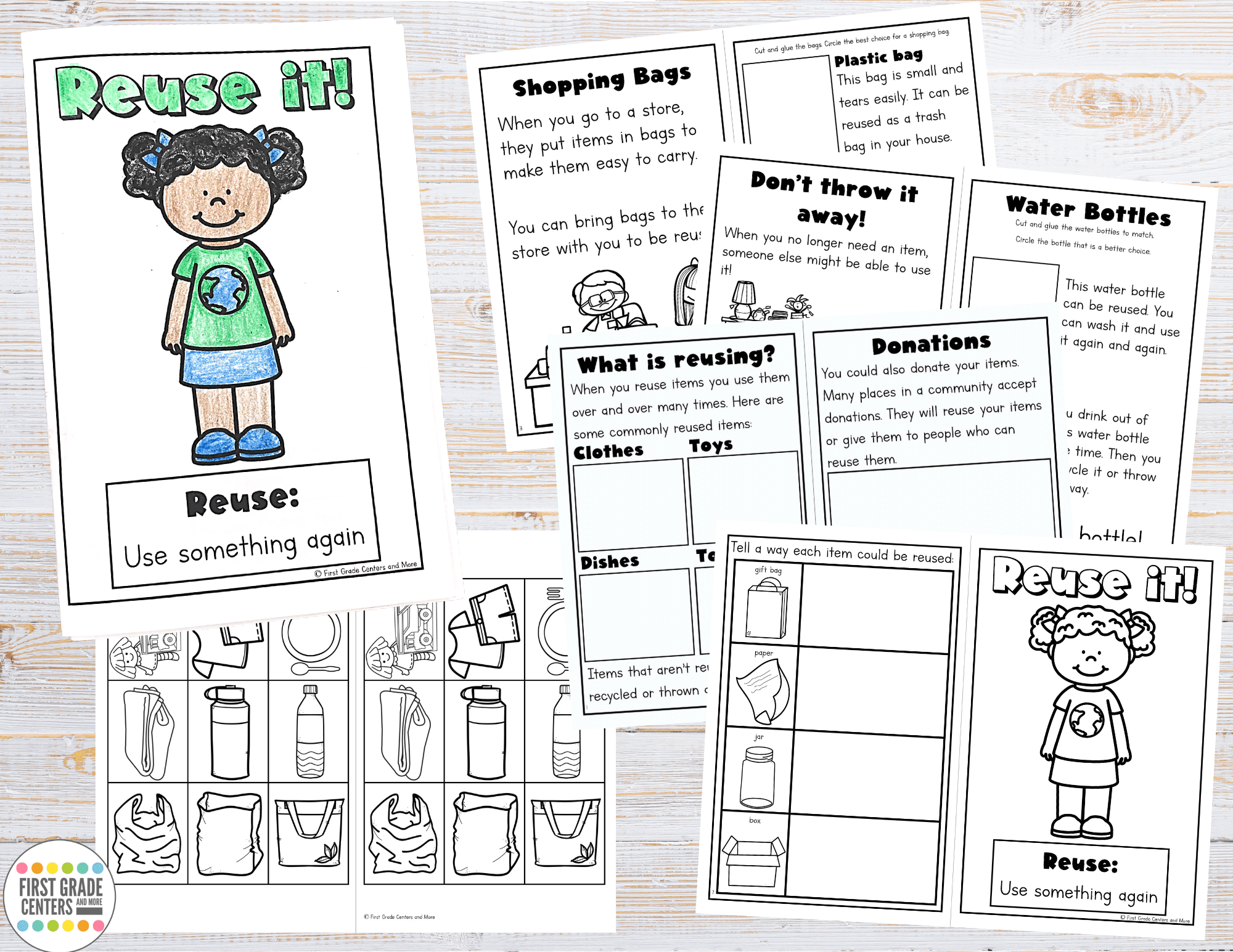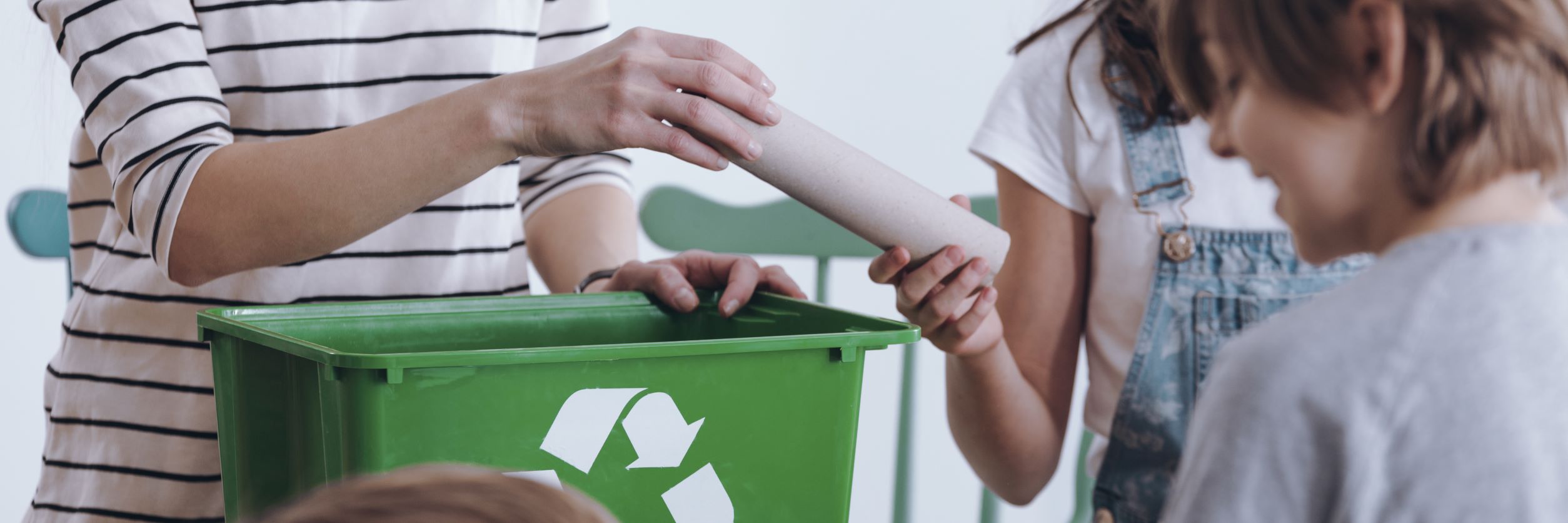Earth Day Activities for First Grade
I LOVE April! The weather is beginning to warm, and the flowers are starting to bloom. It's the Goldilocks month- not too hot, not too cold...but JUST RIGHT! It really is such a great month to teach about how awesome our Earth is and ways we can take care of it. I hope these Earth Day activities for first grade will help you plan some quick and easy lessons this month.
Activity 1- Reduce
- The word reduce is likely a new word for many of your students. Start by teaching kids that the word "reduce" means to use less of something. Water is a great item to teach students about using less of it, electricity is also a good option.
- Brainstorm with kids all of the ways they use water. Write down their ideas as they share them. They might think of drinking, bathing, washing clothes or dishes, watering grass, swimming.
- Next, talk about "why". Why should we use less water? Many students have probably never thought about using less water. We turn on the tap and water magically comes out!
- Last, have students think of ways to use less water. Again, you may want to write down their ideas as they share them. Some simple ideas for first graders to grasp are: turning off the water while they brush their teeth and making sure they shut the tap completely off when they are finished washing. This is a great prompt for students to write about in their journals.
Want some ready to go activities for teaching Earth Day? I have written mini-books to help teach these topics to your students.
Activity 2- Reuse
- Bring some reusable and nonreusable items into your classrooms such as disposable and reusable water bottles, plastic and reusable grocery bags, paper towels and dishcloths, regular and paper plates.
- Show the "pairs" of items to your class one at a time. Ask what happens when you finish using the items. Help students see that some items get used once and then thrown away (or recycled) while others can be used again and again!
- Last have students get creative! Show items such as a cardboard box or glass jar and have them write about ways they could reuse one of the items.
Want a craft project to go along with this lesson? Check out this fun reuse-it craft project!
Activity 3- Recycle
- Consider reading a book such as The Adventures of a Plastic Bottle: A Story About Recycling by Alison Inches.
- Bring a variety of items (recyclables and non-recyclables) into your classroom. Some good non-recyclable items include styrofoam, fast food cups and packaging, used pizza boxes, and plastic utensils.
- Go through the items together the first time and sort them into two groups: recyclables & trash.
- Talk about how the non-recyclable items will go to the landfill.
- Now sort the recyclable items into categories: glass, cans, plastics, and cardboard/paper.
- Since you have learned all three R's, today is a good day to talk about which one is better? While recycling is good, we want students to begin to grasp that reducing and reusing is even better!

Try one of the Earth Day books for free here.


































































